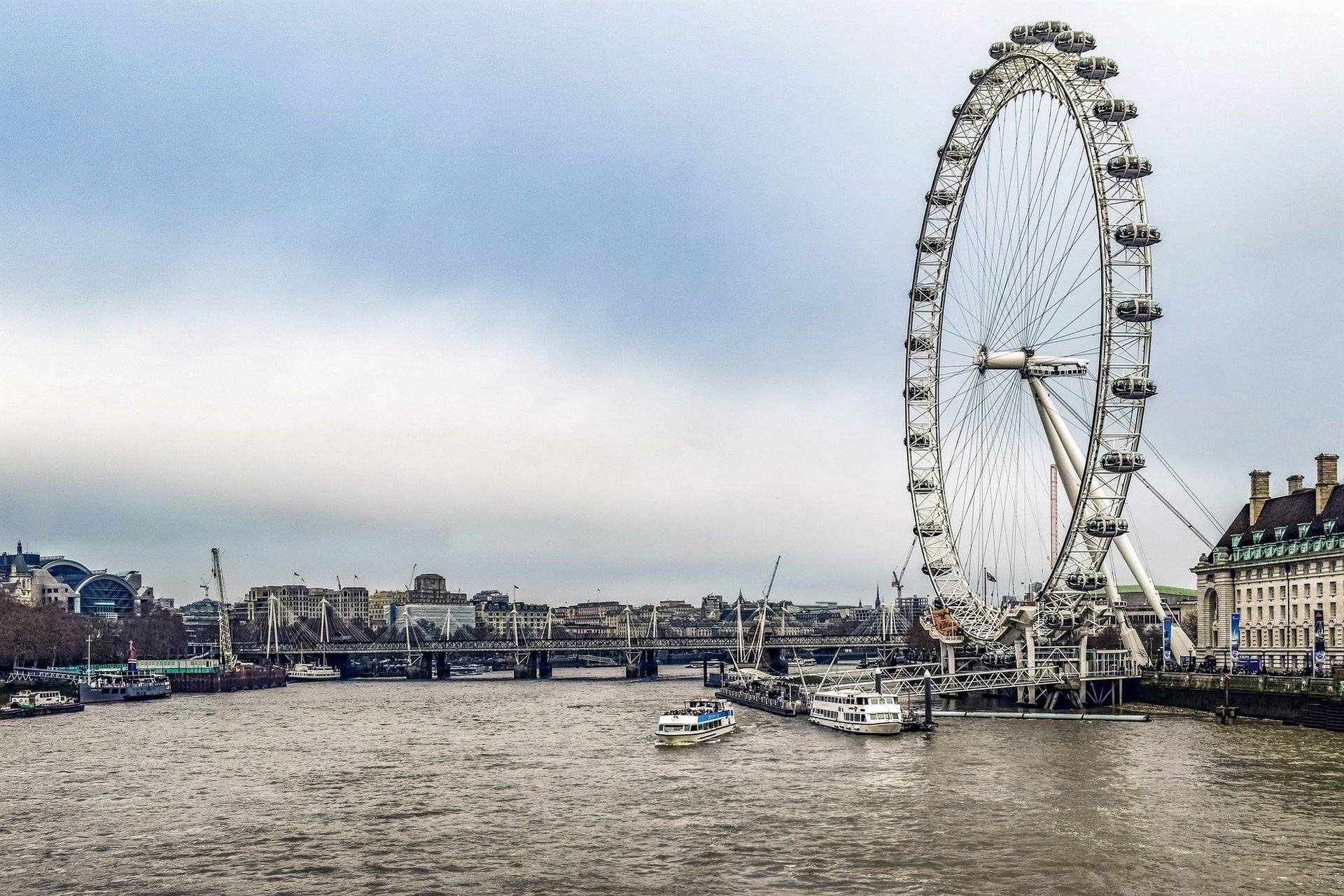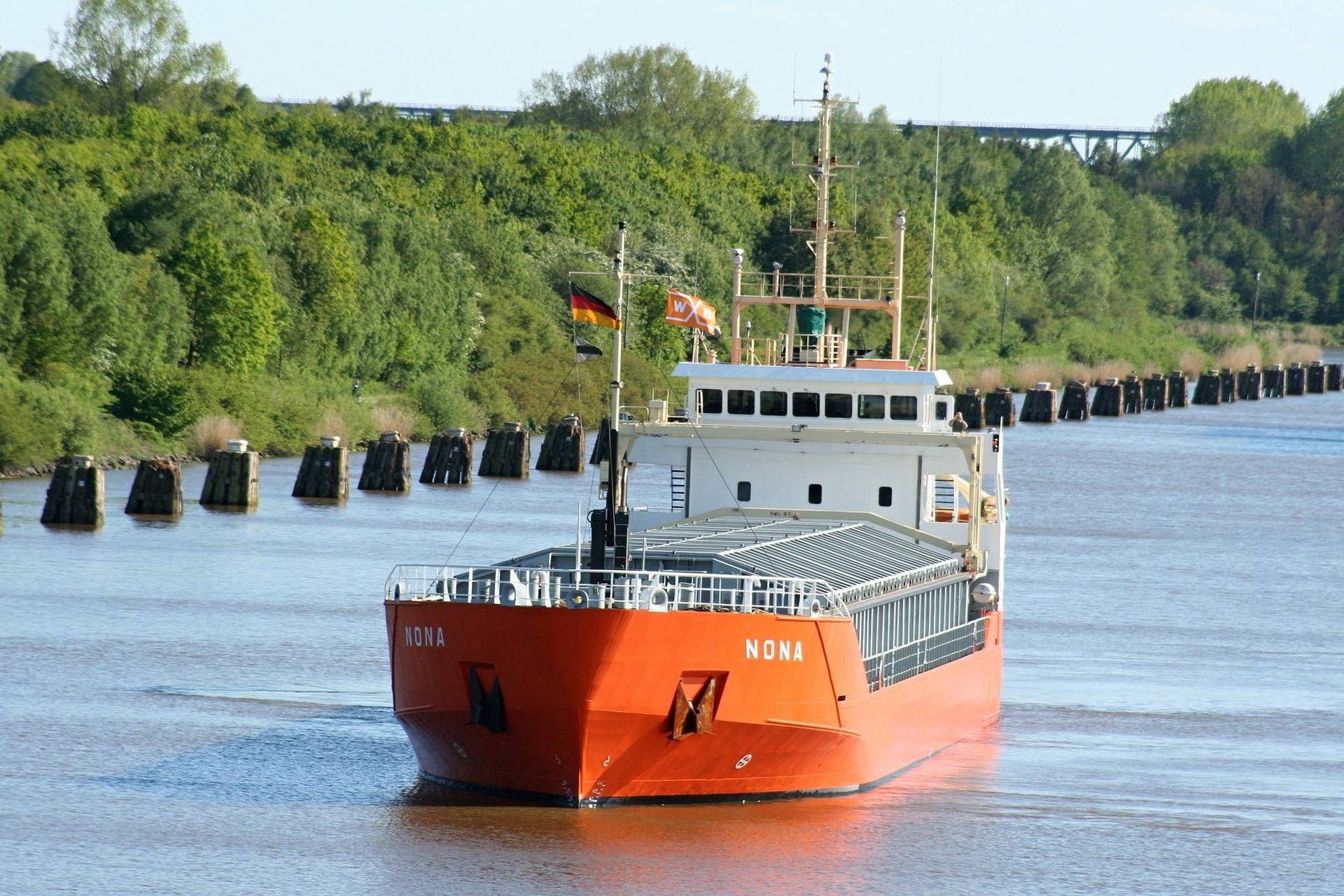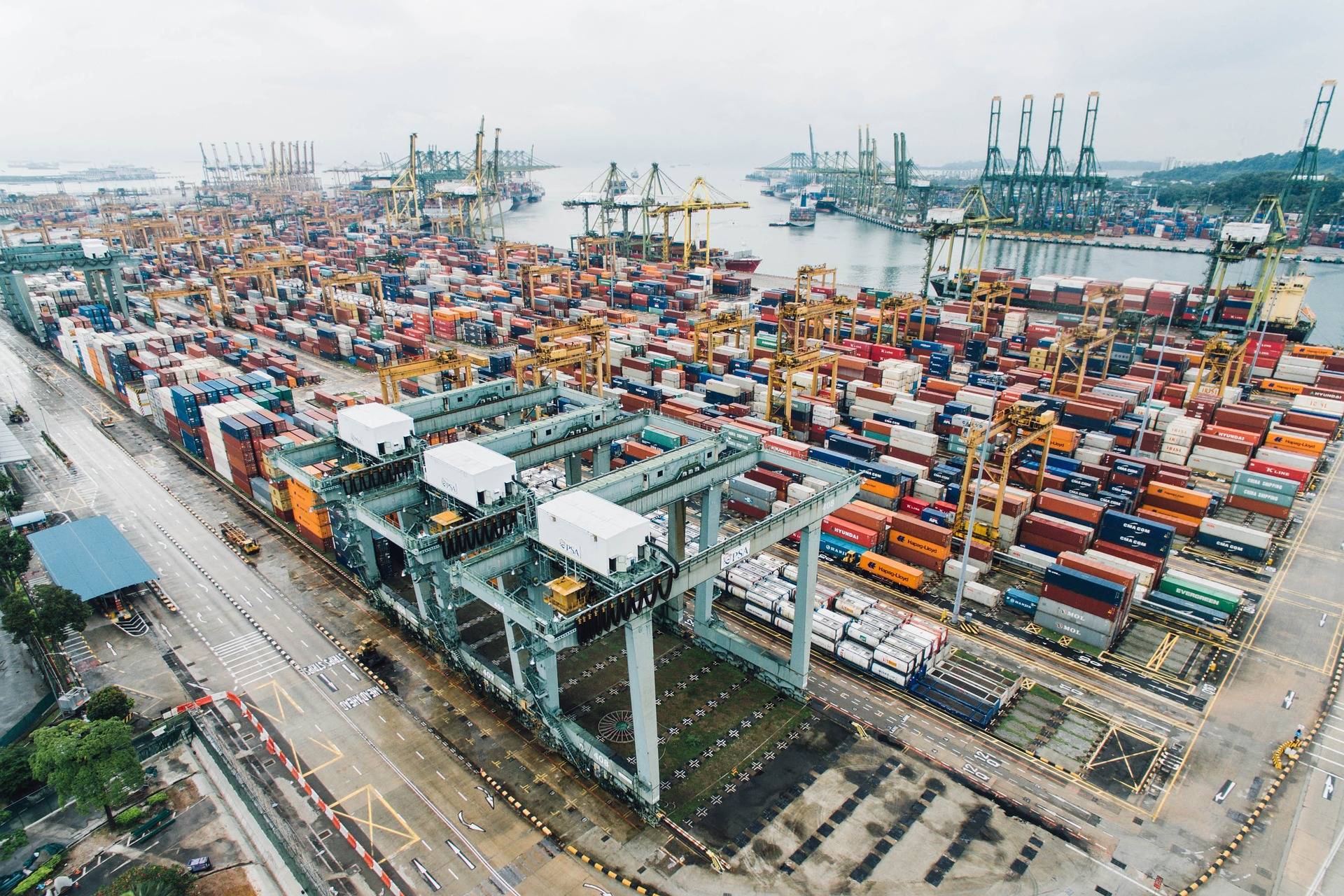Working on LNG gas carriers with a DFDE machine
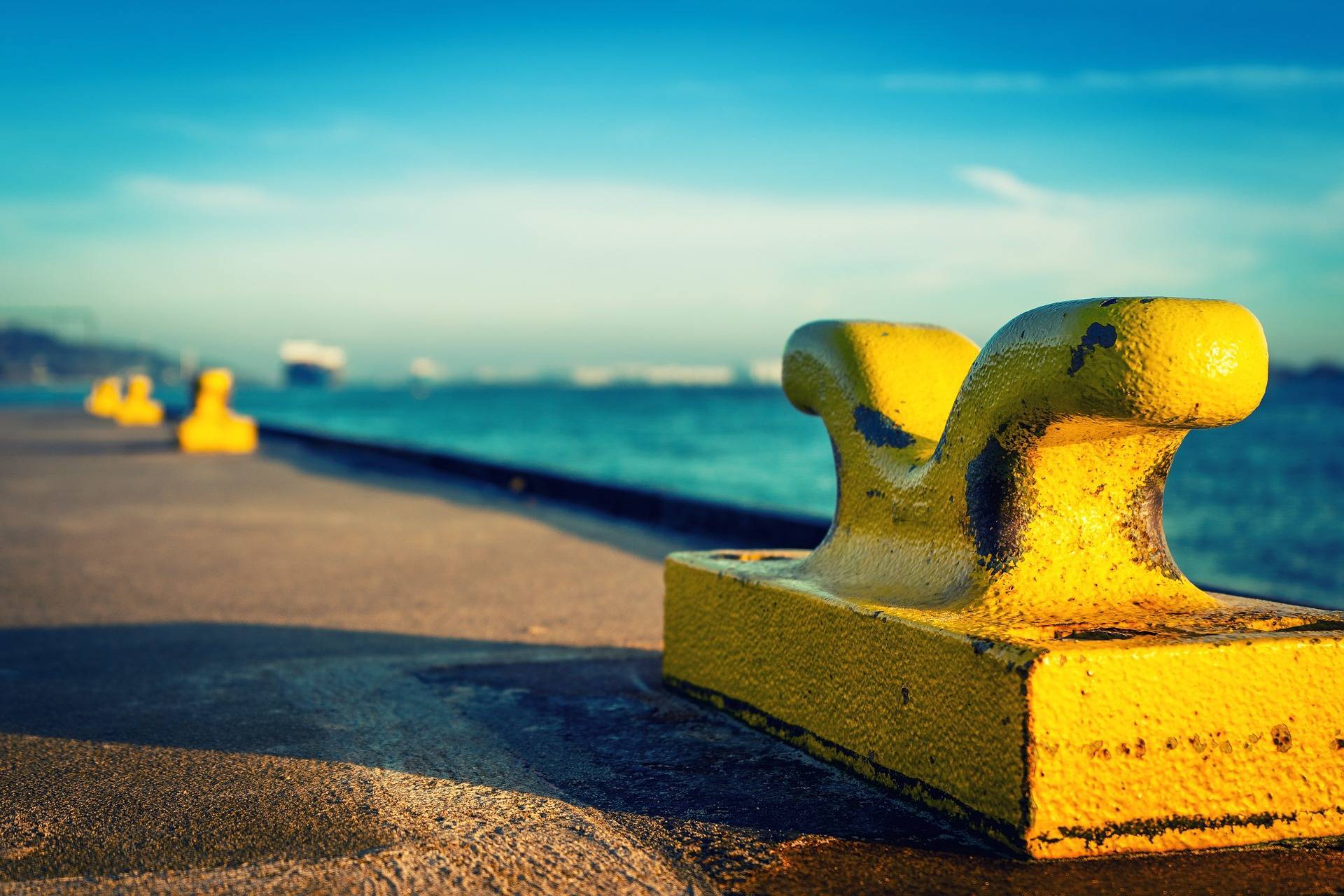
Automatic translation
DFDE technology offers a significant reduction in fuel consumption compared to steam turbines: by about 30-40 tons per day. Thus, the dual-fuel approach means lower fuel costs, although this is offset by the higher initial cost of the DFDE powerplant. It also reduces CO2 emissions and has very low NOx emissions, so environmental performance is a major factor.
In addition, DFDE power units take up less overall space than a steam turbine unit, which allows for more payload without the need for a significant increase in the size of the body. As a result, the required thrust power for a 155,000 cubic meter carrier is about the same as for a ship with a 138,000 cubic meter steam engine, further reducing the cost of the cargo carried.
Symmetry of mechanical and electrical systems
In contrast to the original proposal by shipbuilders for a DFDE layout of 3 * 12 plus 1 * 6 cylinders for each ship, many companies have opted for a 2 * 9 cylinder plus 2 * 12 cylinder configuration. This gives symmetry to the mechanical and electrical systems and, according to many companies, simplifies the design, especially with regard to system redundancy and power distribution.
One of the main disadvantages of DFDE is that it does not provide the same flexibility in gas combustion as a steam turbine. The DFDE unit runs on gas or oil, but not in combined fuel mode. However, this lack of flexibility is not expected to limit the ability to make the most of the boil-off of the cargo, as the intentions of the shipowners are transparent - to work on the ships most of the time in gas-fired mode.
The big advantage of diesel engines is, of course, the significantly higher thermal efficiency compared to steam turbines and therefore lower fuel consumption.
In terms of maintenance, the maintenance requirements of a DFDE system are likely to be greater than those of a steam turbine plant. But since shipowners primarily plan to burn gas, a very clean fuel, they don't expect it to be excessive. The powerplant layout chosen for the ships will allow them to reach contract speeds with a single out-of-service engine, so there is no expectation of a decline in the ship's operational availability.
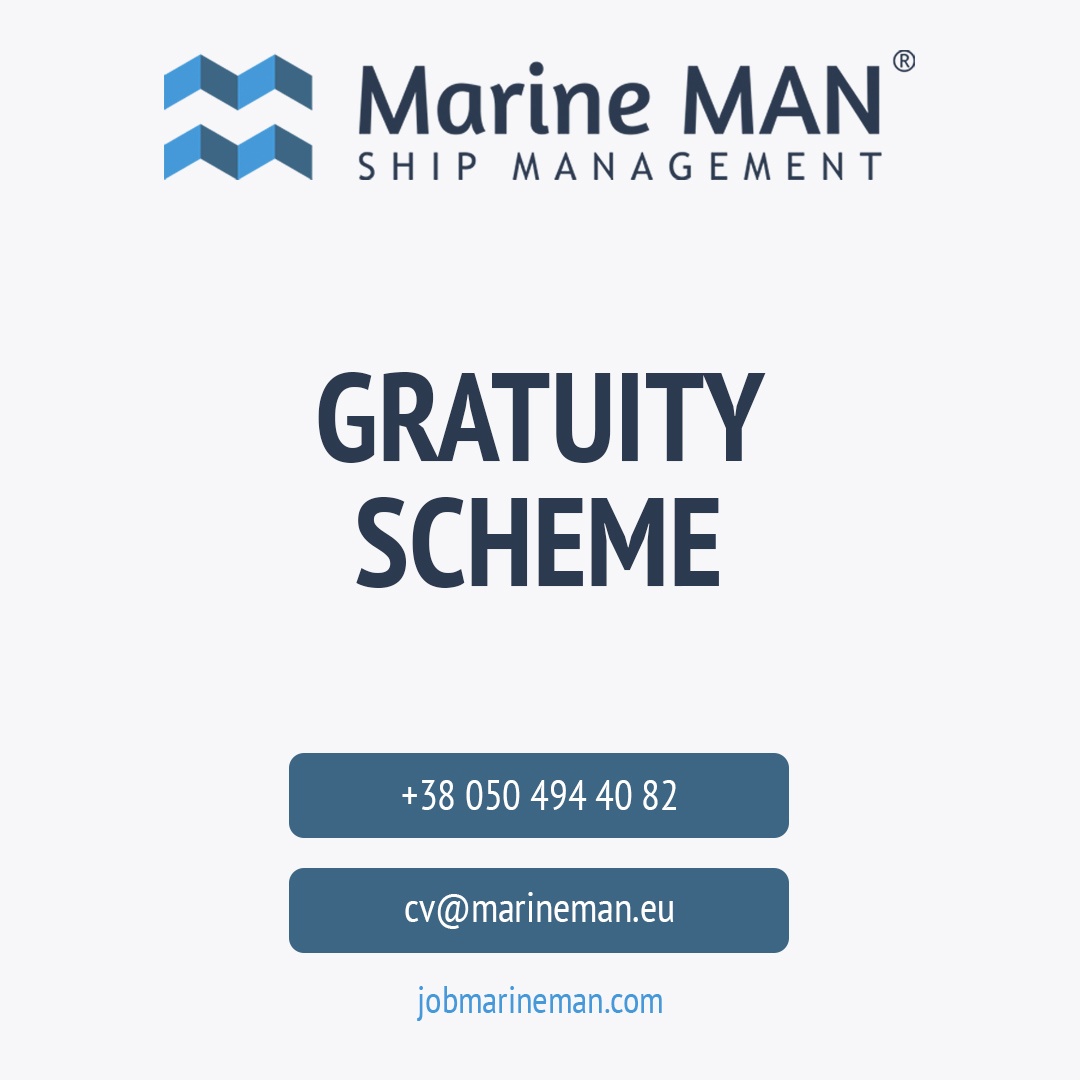 System-wide redundancy
System-wide redundancy
When it comes to redundancy for the entire system, DFDE is only marginally better than steam turbines. However, its great advantage is that the propulsion system can be rebuilt very easily, albeit with less power, in the event of equipment failure (while reconfiguring a steam plant in the event of a turbine failure can take up to 12 hours).
Everyone is wondering if there is a future for steam turbines in state-of-the-art LNG carriers after the breakthrough made by DFDE to create engines with a volume of 150,000 m3 and low-speed diesel engines of more than 200,000 m3. The environmental benefits and fuel economy of DFDE are compelling reasons to use this form of powerplant over steam and slow speed engines. However, the use of DFDE technology is associated with a certain risk, as an incompletely tested technology.
Working with DFDE technologies means that there are appropriate approvals and categories for seafarers. Therefore, the company Marine MAN Ltd ®, which is the official agent of one of the largest companies with a fleet of gas carriers "Eaglestar" invites experienced Ukrainian sailors to work on such vessels. Send your CVs to the contact e-mail - cv@marineman.eu.


